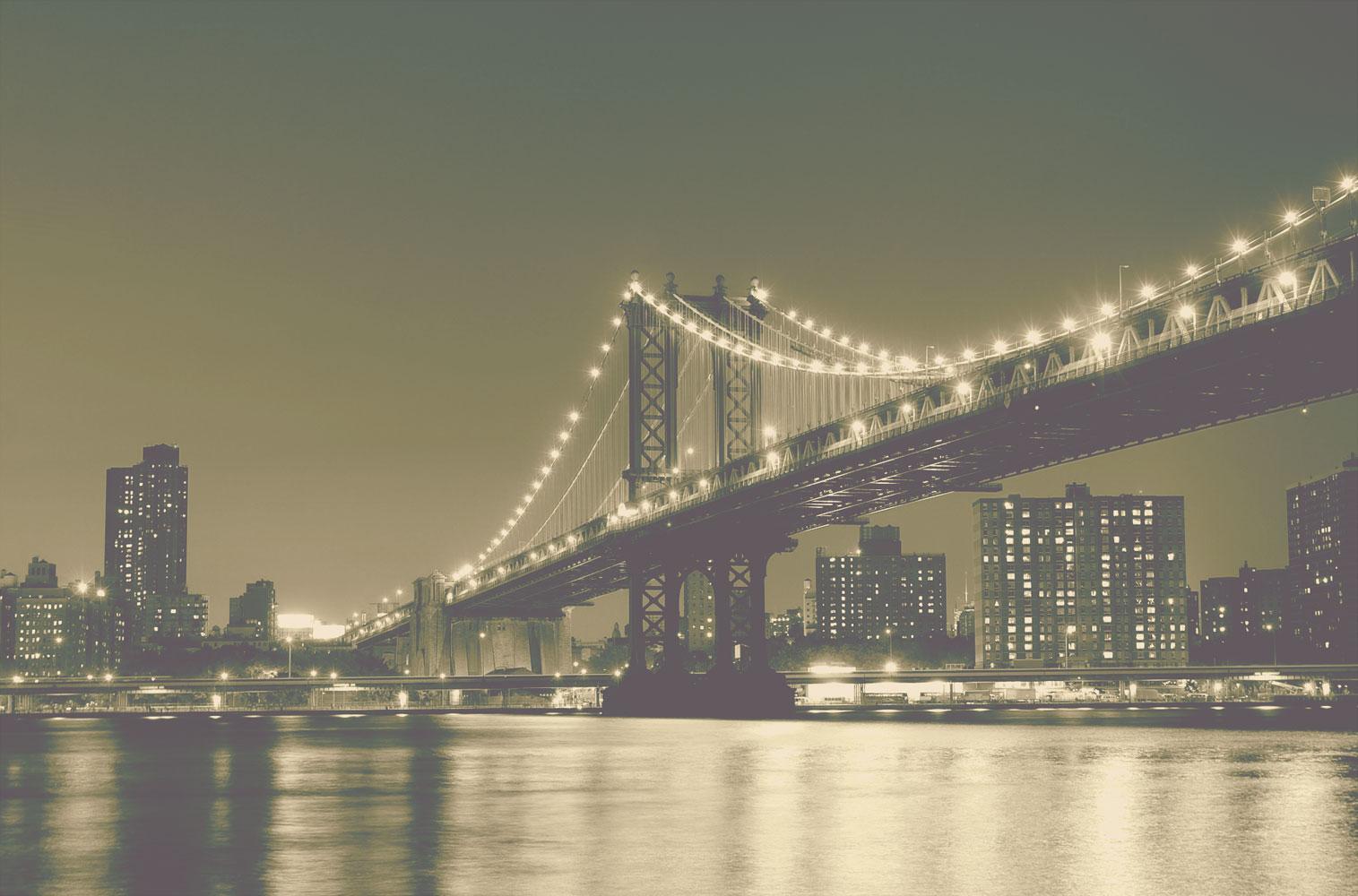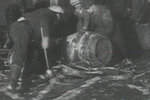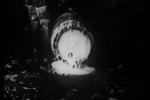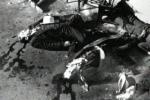
the Roaring 20's
Unrest post-WWI, Jazz, and Crash
In the 1920s, the end of World War I brought a clash of cultures, a booming economy, and changing roles in society for some Americans
ESSENTIAL UNDERSTANDINGS
- The "Roaring 20s" represents a clash of cultures, a booming economy, and changing roles in society for some Americans.
- Changes in technology and culture created a more homogeneous America.
UNREST POST-WWI (social, racial, labor, political)
Limiting Immigration
Labor Unrest
Emergence of the KKK
Isolationism (after foreign war)
Urban Sprawl
Fear of Communism/Red Scare
Sacco & Vanzetti Case
SOURCE: Summary of Case Evidence
http://law2.umkc.edu/faculty/projects/ftrials/SaccoV/s&vevidence.html
the Palmer Raids
SOURCE: "the Case Against the Reds" Mitchell Palmer...
FELIX the CAT, Animated Cartoons w/ a Message... 1920s
Immigration Quotas... Is it Acceptable to Allow Certain Groups to Immigrate While Denying Others?
President Warren G. Harding
Return to Normalcy
President Harding promised a return to normalcy following America's involvement in WWI and the reforms of the Progressive Era.
the Dawes Plan
Plan to ensure payment of reparations by Germany after World War I
Teapot Dome Scandal
Federal oil reserves were leased secretly by secretary of the interior Albert B. Fall. Large sums of money were pocketed by Fall. This corruption tarnished Harding's presidential legacy.
CAUSES of ECONOMIC PROSPERITY (domestic policy)
President Coolidge & Harding
"Unregulated Prosperity"
Return to Normalcy (Harding)
Reduced Taxes
Increased Efficiency in Production




















